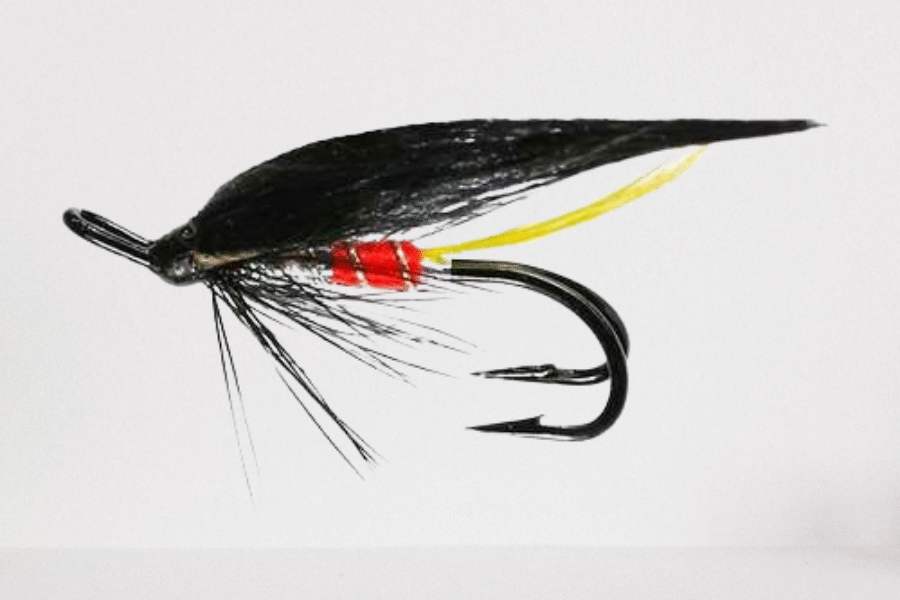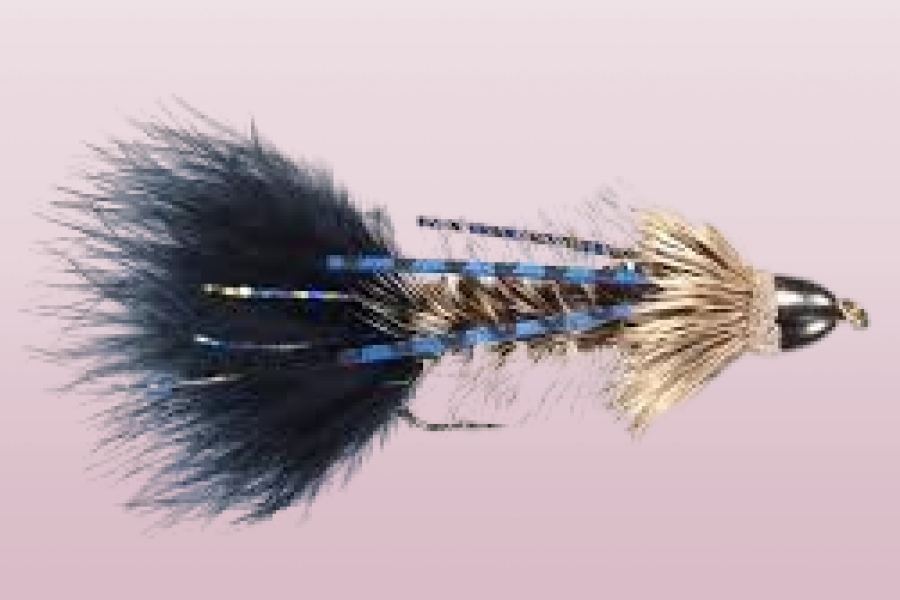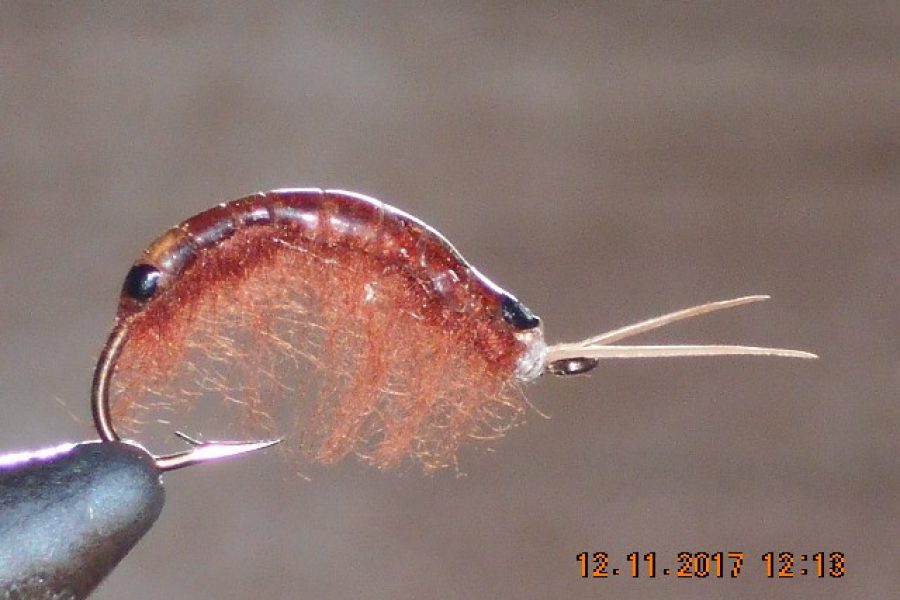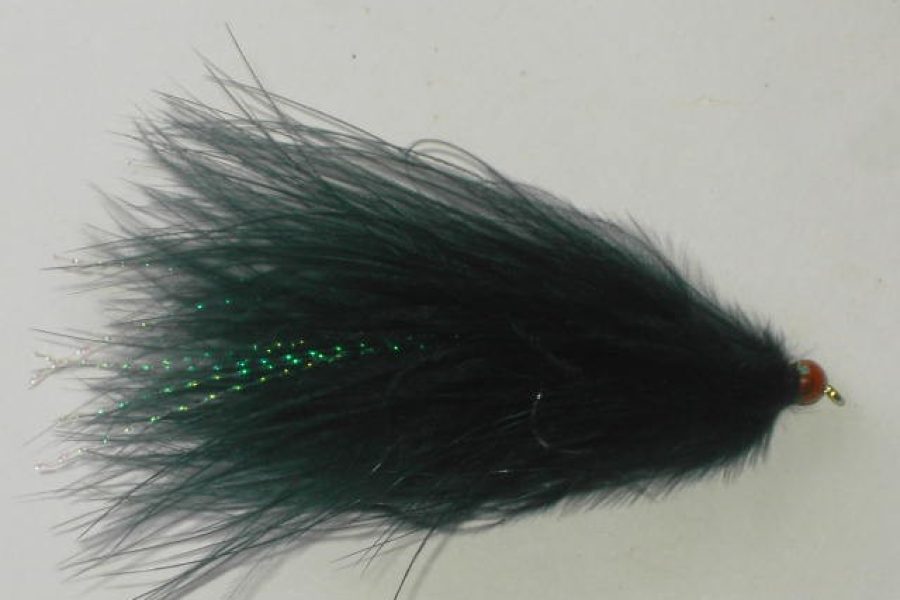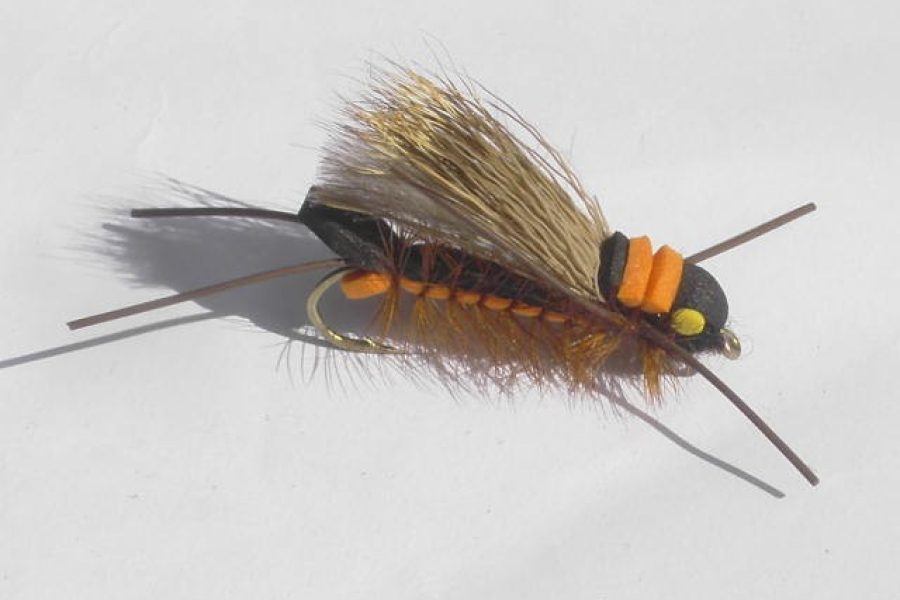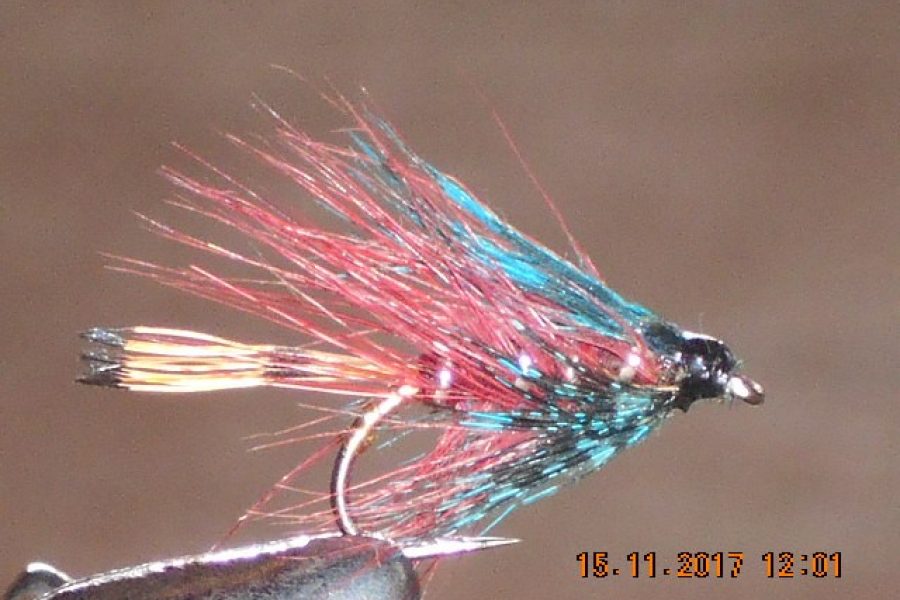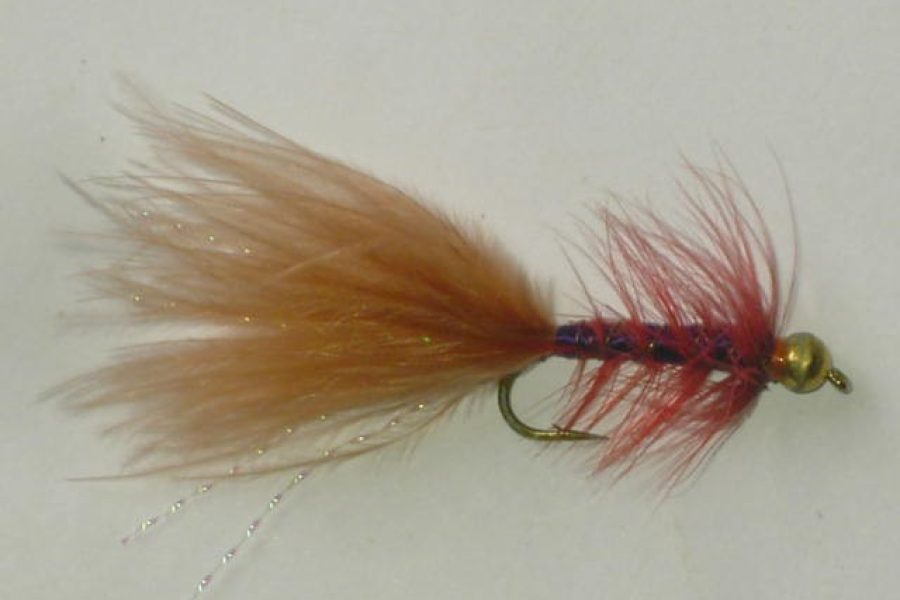Description
25 Assorted Foam Fly Fishing Flies – Premium Surface Pattern Collection
This comprehensive collection represents the pinnacle of modern foam fly design, combining buoyancy with proven fish-catching effectiveness. Each pattern in this carefully curated 25-fly assortment features premium foam materials and expert construction techniques, making them particularly effective for targeting multiple species across various surface-feeding situations.
Design Excellence and Innovation The collection showcases sophisticated yet practical design elements that set these patterns apart from standard dry flies. Each carefully engineered foam pattern provides perfect flotation and visibility, while maintaining highly natural profiles that fish readily recognize. The combination of traditional concepts and modern foam materials makes these patterns particularly successful in various fishing situations.
Material Selection and Technical Construction Every component is carefully selected for both performance and durability:
- Premium foam materials
- High-grade hackle
- Quality rubber legs
- Durable thread base
- Strong hook selection
- Reinforced construction techniques
Pattern Variety and Selection The collection includes multiple proven designs:
- Foam Hoppers (5 patterns)
- Foam Beetles (5 patterns)
- Foam Ants (5 patterns)
- Foam Crickets (5 patterns)
- Foam Attractors (5 patterns)
Strategic Fishing Applications These patterns excel in multiple scenarios:
- Summer terrestrial fishing
- Late season dry fly action
- Various water types
- Multiple species
- Diverse conditions Each environment allows the patterns to showcase their effectiveness.
Seasonal Effectiveness The collection demonstrates remarkable productivity throughout the season:
- Spring: Early terrestrials
- Summer: Peak terrestrial season
- Fall: Late terrestrial activity
- Winter: Limited use Seasonal adaptations in presentation maximize successSpecies-Specific Performance While primarily designed for trout, these patterns prove deadly for:
- Brown trout
- Rainbow trout
- Brook trout
- Bass
- Panfish
Water Presentation Characteristics Superior presentation qualities include:
- Excellent flotation
- High visibility
- Realistic profile
- Perfect silhouette
- Lifelike movement
Advanced Retrieval Techniques To maximize pattern effectiveness:
- Dead drift presentation
- Subtle twitches
- Various skittering
- Pattern manipulation
- Surface wake creation
Technical Advantages Key performance benefits include:
- Superior buoyancy
- Natural presentation
- Excellent visibility
- Durable construction
- Multiple fishing applications
Line and Leader Configuration For optimal presentation:
- Weight-forward floating lines
- Long leaders
- Fine tippets
- Proper turnover
- Delicate presentation
Environmental Adaptability The patterns perform consistently across:
- Various water clarities
- Different current speeds
- Multiple water types
- Various light conditions
- Different temperature ranges
Competition and Professional Applications These foam patterns have established themselves in serious angling:
- Tournament proven
- Guide’s choice
- Professional use
- Teaching patterns
- Reliable producers
Size Variations and Pattern Modifications Available in multiple configurations:
- Sizes 8-16
- Body variations
- Leg modifications
- Color options
- Profile adjustments
Storage and Maintenance Requirements To maintain optimal performance:
- Store in ventilated boxes
- Protect foam materials
- Regular inspection
- Proper drying essential
- Hook maintenance
Advanced Rigging Techniques Multiple rigging options enhance versatility:
- Traditional dry fly setup
- Dropper configurations
- Hopper-dropper rigs
- Specialized leader designs
- Surface presentation methods
Historical Context and Evolution The patterns’ development reflects:
- Traditional terrestrial design
- Modern foam innovation
- Refined proportions
- Proven effectiveness
- Continuous adaptation
Quality Control Standards Each fly maintains strict requirements:
- Precise foam placement
- Proper proportioning
- Construction integrity
- Material selection
- Pattern uniformity
Fishing Location Selection Optimal fishing locations include:
- Bank edges
- Undercut banks
- Feeding lanes
- Structure areas
- Current seams
Weather and Condition Considerations Pattern effectiveness varies with:
- Wind conditions
- Light levels
- Water clarity
- Temperature
- Barometric pressure
Presentation Techniques Achieving proper presentation through:
- Accurate casting
- Delicate delivery
- Drift control
- Distance management
- Line control
Color and Profile Characteristics The patterns’ designs provide:
- Maximum visibility
- Natural imitation
- Low-light effectiveness
- Clear water effectiveness
- Versatile presentation
Movement Characteristics Natural movement achieved through:
- Leg action
- Body design
- Material flexibility
- Presentation technique
- Surface interaction
Durability Features Construction elements ensuring longevity:
- Reinforced foam bodies
- Quality material selection
- Proper proportioning
- Strategic construction
- Hook point protection
Target Species Behavior Understanding fish response to:
- Surface disturbance
- Pattern visibility
- Movement triggers
- Feeding patterns
- Strike triggers
Water Type Adaptations Effective across various waters:
- Small streams
- Large rivers
- Lakes
- Different currents
- Various structures
Casting Techniques Specialized casting methods:
- Accurate placement
- Delicate presentation
- Line speed control
- Loop formation
- Wind adaptation
Strike Detection Recognizing takes through:
- Visual observation
- Surface disturbance
- Line movement
- Leader hesitation
- Direct strikes
Hook Setting Techniques Proper hook setting through:
- Timing considerations
- Pressure control
- Direction management
- Follow-through
- Fish behavior reading
Fighting Techniques Landing fish effectively:
- Pressure application
- Direction control
- Line management
- Fish behavior adaptation
- Landing strategies

